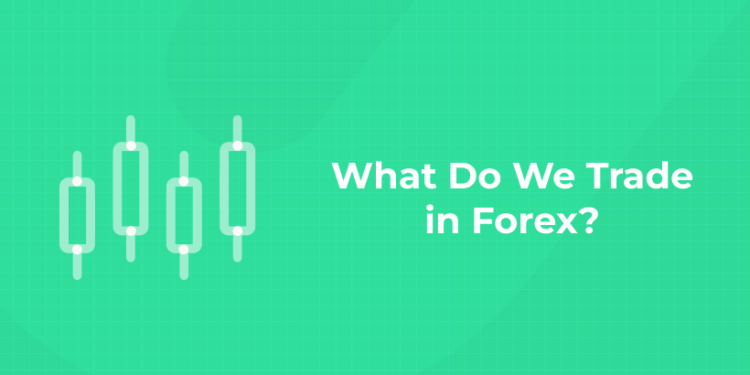Table of Contents
The only thing that we trade in Forex is money. In forex trading, we do not buy anything physical. Here currencies are exchanged with the aim of making profit. Buying a currency in forex trading is like buying a share in a company, which can later be sold to earn profit.
Unlock the Secrets of Forex Trading! Enroll now for a free demo!
What is Forex Trading?
Forex, also known as foreign exchange trading or FX trading, is the conversion of one currency into another. It is similar to the currency exchange one does while traveling abroad. A forex trader buys one currency and sells another with the aim of making profit. The exchange rate of the currencies constantly fluctuate based on supply and demand.
Foreign exchange is the largest and one of the most actively traded markets in the world, with an average daily trading volume of $5 trillion. It is open 24 hours a day from Monday to Friday. Trading is done only in currencies and there is no physical exchange of goods or commodities.
A lot of foreign exchange is done for practical purposes. The exchange occurs between institutional traders, such as people who work for banks, fund managers and multinational corporations. They speculating about future exchange rate fluctuations and take advantage of these fluctuations. For example, an American company with European operations would use the forex market as a hedge in the event the euro weakens, which means that the value of their income earned there falls.
A vast majority of currency conversion is also undertaken with the aim of earning a profit.
How are Currencies Traded?
1: What is a stock?
All currencies are assigned a three-letter code known as ISO 4217 Currency Codes. The first two letters identify the name of the country and the third letter identifies the name of that country’s currency, usually the first letter of the currency’s name. For example, the US dollar is represented as USD whereas Australian dollar id AUD.
There are more than 170 currencies worldwide. The U.S. dollar is the most popular currency if forex, followed by euro (EUR). The other major currencies are: the Japanese yen (JPY), the British pound (GBP), the Australian dollar (AUD), the Canadian dollar (CAD), the Swiss franc (CHF) and the New Zealand dollar (NZD).
In forex trading, currencies are traded as a combination of the two currencies. The following are the seven major currency pairs in the forex market:
- EUR/USD
- USD/JPY
- GBP/USD
- AUD/USD
- USD/CAD
- USD/CHF
- NZD/USD
The currency on the left is called the base currency and the one on the right is called the quote currency.
Master Forex Trading with Industry Experts! Enroll now for a free demo!
Ways to Trade in Forex
Trading is done on the basis of exchange rate, which represents how much of the quote currency is needed to buy 1 unit of the base currency. For example, if the EUR/USD exchange rate is 1.2, that means you can buy $1.20 for €1.
When the exchange rate rises, it means that the base currency has risen in value relative to the quote currency. On the other hand, if the exchange rate falls, that means the value of base currency has fallen. The exchange rate of a currency versus other currencies reflects the condition of that country’s economy, compared to other economies.
Follow the given steps to start trading in forex:
Select a Broker
The first step is to select a broker that fits your need. The factors to look at for when selecting brokers are various regulatory compliance, fees, margin rates, and customer support.
Open a Forex Trading Account
You can open a trading account, by providing personal information like name, address and other financial information.
Confirm Your Identity
You will have to confirm your identity through a valid national ID.
Fund Your Account
To begin trading, you need to fund your account.
Identify Trading Opportunities
Choose the currency pairs you want to trade. Then utilize technical analysis to determine their timing points and price levels for trade entry and exit.
Understand Your Capital
You have to understand how much capital you have, as well as the leverage available to you for your chosen currency pair. You should not risk more than 1% of your total account value on a particular trade.
Master Forex Strategy and Risk Management! Get Free Demo!










